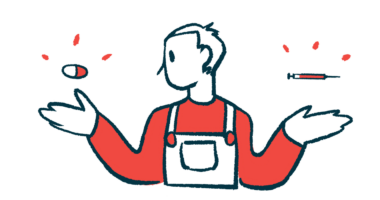FAQs about infantile-onset Pompe disease
The two types of infantile-onset Pompe disease are classic infantile-onset and nonclassic infantile onset. They differ in the age of onset and the severity of symptoms.
At this point in time, there is no cure for infantile-onset Pompe disease. Treatment consists of enzymatic replacement therapy, along with treatment for cardiac and respiratory difficulties, and other health issues.
Infantile-onset Pompe disease is rare, with an estimated worldwide incidence of around 1 in 150,000 births. Of note, the incidence of infantile-onset disease seems to be affected by ethnicity, with an estimated incidence of 1 in 130,000 births in the Caucasian population, 1 in 50,000 in the Chinese population, and 1 in 31,000 among African ancestry populations.
Pompe disease is an inherited disorder. For a person to develop the disease, one needs to inherit two mutated copies of the GAA gene, one from each biological parent. Mutations in the GAA gene lead to absent or reduced levels of an enzyme that metabolizes the breakdown of a complex sugar called glycogen.
Unfortunately, life expectancy for children with infantile-onset Pompe disease is short. Without treatment, children with classic infantile-onset Pompe disease (the most severe form of the disease) usually die within the first two years of life. Severe muscle weakness can lead to respiratory failure and death in children with the nonclassic infantile-onset type by early childhood.
Related Articles

 Fact-checked by
Fact-checked by 






